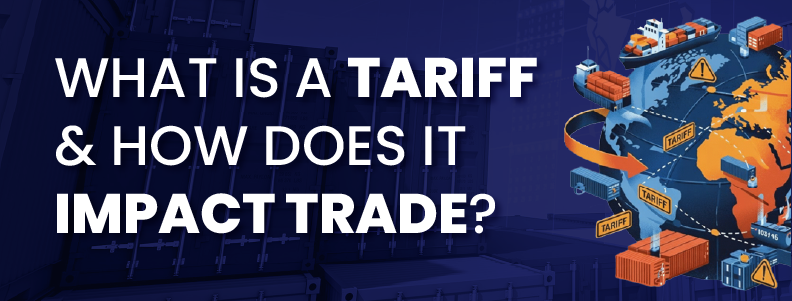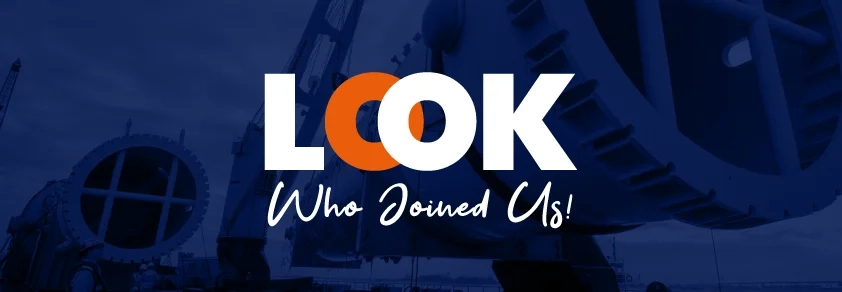What is Bill of Lading?
Especially in international trade, the bill of lading is an indispensable legal document utilized in the transportation and logistics sectors. It summarizes the contract of carriage between the shipper and the transporter and provides evidence that items have been received by the carrier. Basically, it is a receipt, a contract, and—in many cases—a single, complete document of title.
Understanding the bill of lading meaning, its several forms, usage, and tracking is essential whether you import, export, or oversee cargo operations.
What is a Bill of Lading Number?
Every shipment has a special identification called the bill of lading number. Monitoring the flow and present state of products during transit is absolutely vital. While you want to use online bill of lading tracking tools or while corresponding with customs agents and freight forwarders, this number is usually needed.
A typical bill of lading number includes letters and numbers that identify the carrier, shipment, and occasionally the container involved.
Why Is a Bill of Lading Important?
The importance of a bill of lading lies in its multifunctionality:
- It confirms receipt of cargo by the carrier.
- It acts as a contract, defining terms like product charges, delivery sites, and timetables.
- In international shipping, it can serve as a document of title, therefore granting the holder rights to claim the goods.
Lack of official proof of the cargo's transportation causes shipments to be delayed at customs or perhaps lost in transit without a properly issued bill of lading document.
Types of Bills of Lading
Each of the numerous forms of bill of lading for shipping is designed to fit particular logistics situations. The type of the transaction, confidence between the parties, and manner of transportation will all affect the right kind to use.
Sea Waybill
A Sea Waybill is not negotiable and cannot serve as a document of title. It's usually employed in transactions where the buyer and seller have a close relationship, therefore removing the need for documentary control at the destination.
House Bill of Lading
The House Bill of Lading (HBL) is issued by a freight forwarder to the shipper. Under one Master Bill of Lading, the agreement regarding the possible consolidation of numerous shipments between the shipper and the forwarder is outlined.
Surrender Bill of Lading
In a Surrender Bill of Lading, the shipper surrenders the original document at the origin port, therefore enabling cargo to be released at the destination without presentation of the actual hard copy. This situation is typical in international transactions when time is of the essence and expedited delivery is needed.
Blank Bill of Lading
Key shipping details left available for later filling are included on a blank bill of lading. It is frequently used when, at the time of issue, some information—such as the consignee's name—is yet unknown.
Switch Bill of Lading
Usually produced when a trading term or consignee mid-transit changes, a Switch Bill of Lading is a reprinted form of the original bill. It allows anonymity in worldwide trade chains.
Master Bill of Lading
The Master Bill of Lading (MBL) is issued by the main carrier (such as a shipping line) to the freight forwarder. It reflects the contract between the actual carrier and the forwarder.
Received for Shipment
Although the carrier has not yet carried the cargo into the vessel, this document shows that it has arrived. Once loading is confirmed, it is then changed to a "Shipped on Board" charge.
Straight Bill of Lading
Used when items are sent straight to a designated consignee, the Straight Bill of Lading is non-negotiable. Ownership does not transfer during transportation; only that specific party receives the cargo.
Charter Party Bill of Lading
When vessels are chartered, particularly for bulk cargo, this type of vessel is utilized. Standard carrier terms are not regulated by the Charter Party Bill of Lading; rather, the terms of the charter party agreement accomplish this.
Ocean Bill of Lading
The most common document used in sea freight is an ocean bill of lading. It serves as a title document, is tradable, and is absolutely necessary for customs clearance at ports.
Air Waybill
The Ocean Bill is replaced in air cargo transportation by the Air Waybill (AWB). Though it is not negotiable, it functions as a customs declaration, receipt, and shipping contract.
How to Fill Out a Bill of Lading?
Key cargo data is included on a bill of lading form. Here is how to precisely complete a bill of lading form:
- Shipper and Consignee Details—Full names and addresses.
- Carrier Information—Name of the shipping company.
- Description of Goods—Quantity, weight, dimensions, packaging type.
- Transportation Details—Mode (air, sea, land), departure, and arrival ports.
- Bill of Lading Number—For tracking and documentation purposes.
- Signatures—From both the shipper and carrier.
Using a ready-made bill of lading template can simplify this process.
How to Query the Bill of Lading?
To check the status of your shipment, you can:
- Use the bill of lading tracking system on the carrier or freight forwarder’s website.
- Enter the bill of lading number in the designated search tool.
- Contact your logistics partner directly for updates.
Real-time tracking systems provided by several foreign freight forwarders nowadays enable rapid and simple bill of lading queries.
Bill of Lading Example
Here’s a simplified bill of lading example to help you understand its format:
- Shipper: ABC Global Ltd.
- Consignee: XYZ Imports Inc.
- Carrier: OceanX Logistics
- Port of Loading: Hamburg, Germany
- Port of Discharge: New York, USA
- Goods Description: 100 pallets of solar panels
- Weight: 10,000 kg
- B/L Number: OX1234567890
This sample offers a basic framework. Using an editable bill of lading template fit for your shipment type will help you to modify this framework.
Frequently Asked Questions
Who Issues the Bill of Lading?
The bill of lading is issued by the carrier or freight forwarder. Depending on the type—House or Master—either side could be responsible for document production.
What Is the Purpose of a Bill of Lading?
To reiterate, the purpose of a bill of lading is threefold:
- It confirms the carrier has received the shipment.
- It serves as a legal agreement for transportation.
- It may act as a title of ownership for goods, especially in sea freight.
Who Pays for the Bill of Lading?
Unless otherwise specified in the shipping agreement, the shipper typically pays for the bill of lading creation.
Who Keeps the Bill of Lading?
- Shipper: Keeps a copy for records.
- Consignee: Needs the document for cargo release.
- Carrier: Retains a copy for compliance and tracking.
Discover Verified Freight Forwarders with OPCA
Are you in search of dependable logistics partners who comprehend the bill of lading instructions and documentation process? The Overseas Project Cargo Association (OPCA) presents a screened, seasoned freight forwarders directory focused on project and heavy-lift cargo. The freight forwarder's database allows you to search for experts who can assist with appropriate processing, issuing, and tracking of your bill of lading for shipping purposes.
_logo.webp)



